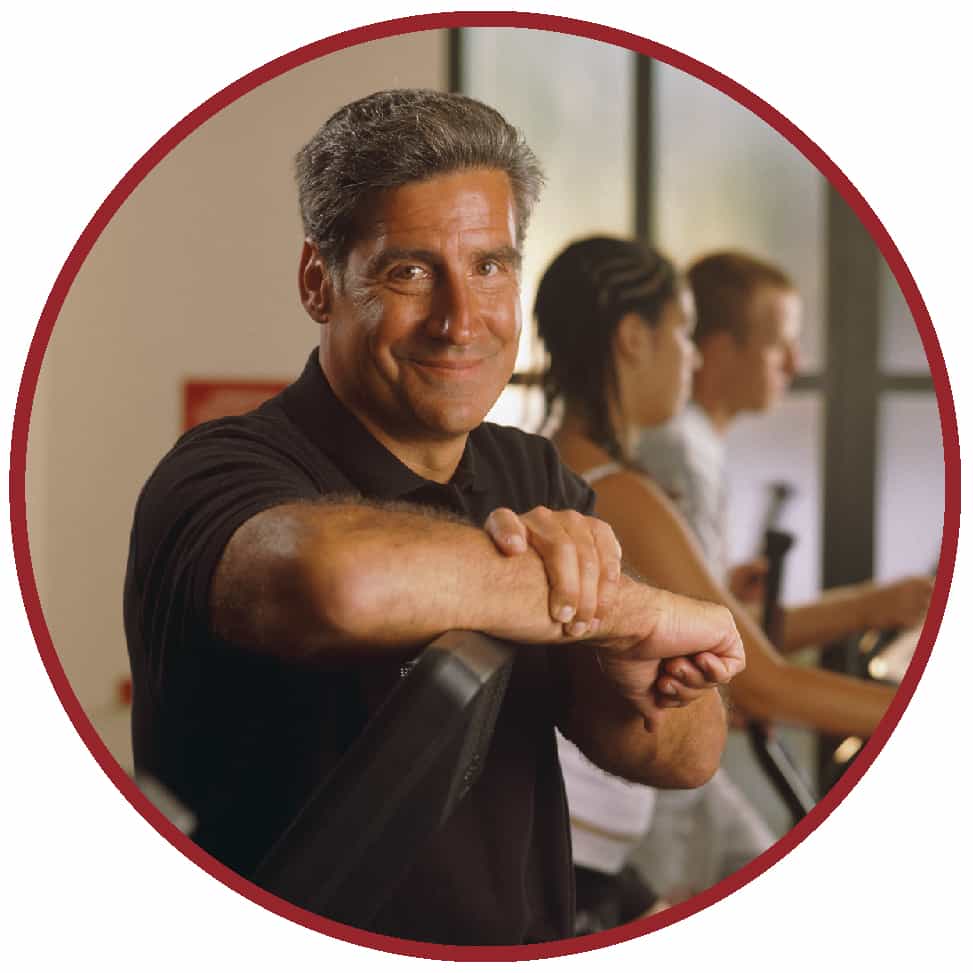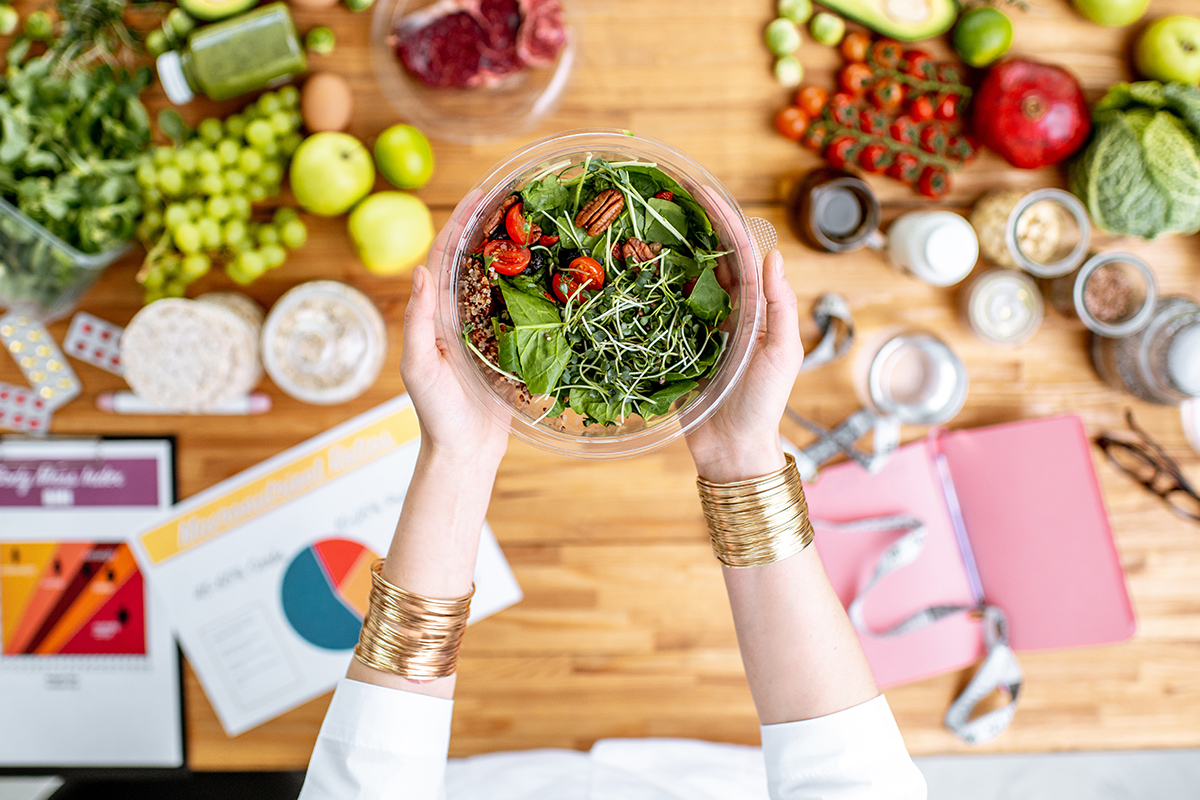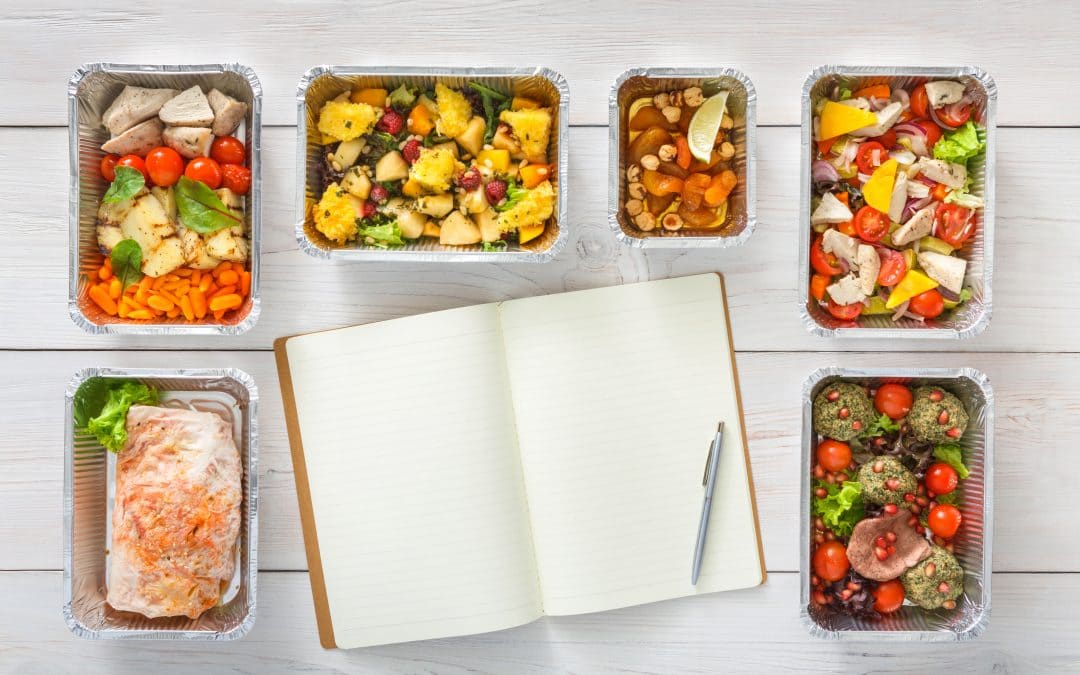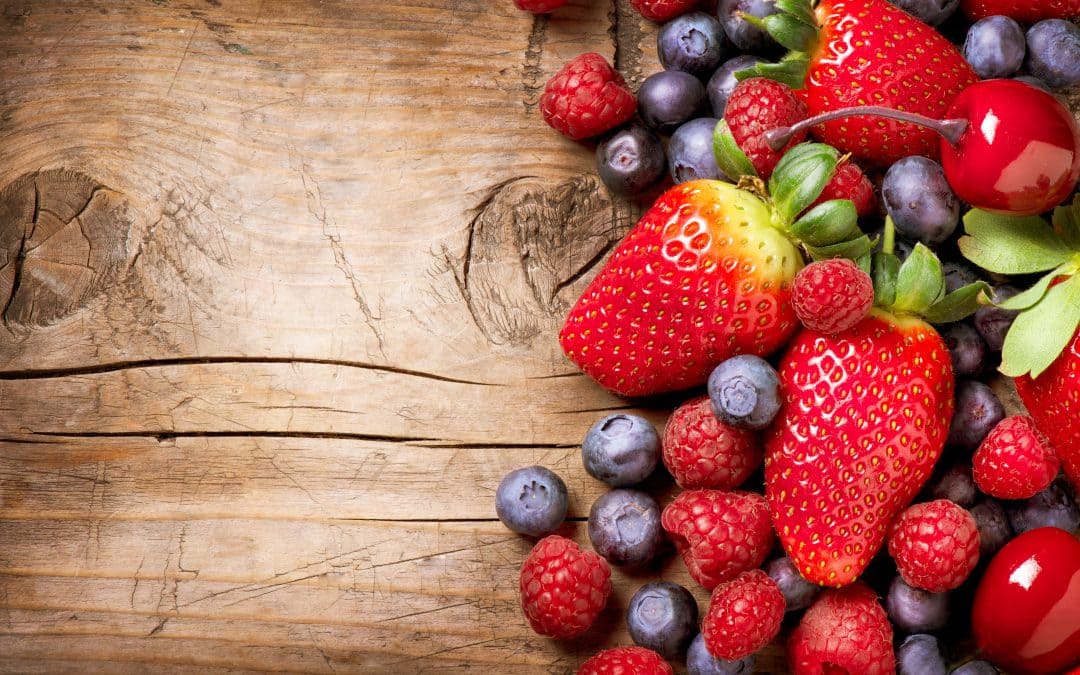Blood sugar control isn’t easy. These are Debbie’s top recommendations for how to address weight control with Type II Diabetes.

Special Event For Augie’s Quest
On Saturday, February 25th, all LA Fitness Group Fitness classes will participate in ACTION FOR ALS! From Bodyworks to Cycling to Kickbox Cardio to Yoga and Zumba® classes, our dynamic and diverse classes will team up with Augie’s Quest in the fight for a cure for ALS! This is a fun day that you will not want to miss!

On Saturday, February 25th, all LA Fitness Group Fitness classes will participate in ACTION FOR ALS! From Bodyworks to Cycling to Kickbox Cardio to Yoga and Zumba® classes, our dynamic and diverse classes will team up with Augie’s Quest in the fight for a cure for ALS! This is a fun day that you will not want to miss!

Donors who give $100 or more will receive a complimentary event shirt, while supplies last!




Donate $20 or more and take action by taking a class near you to help find a cure for ALS!
For over 6 years, LA Fitness has supported Augie’s Quest, a nonprofit dedicated to finding a cure for ALS. ALS (Amyotrophic Lateral Sclerosis), or Lou Gehrig’s disease, is a neurodegenerative disease that can impact anyone.
To learn more about LA Fitness’ efforts to help support Augie’s Quest, please visit www.LAFitnessCares.com.
Want more? SUBSCRIBE to receive the latest Living Healthy articles right in your inbox!
Donations collected online only. Zumba® is a registered trademark of Zumba Fitness LLC. ©2017 Fitness International, LLC. All rights reserved.








